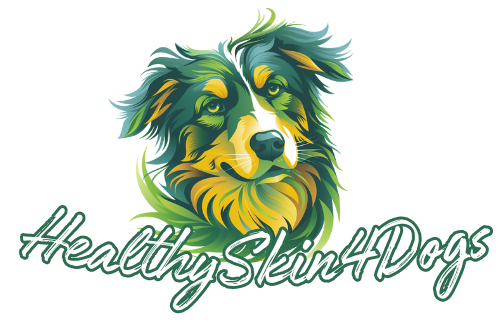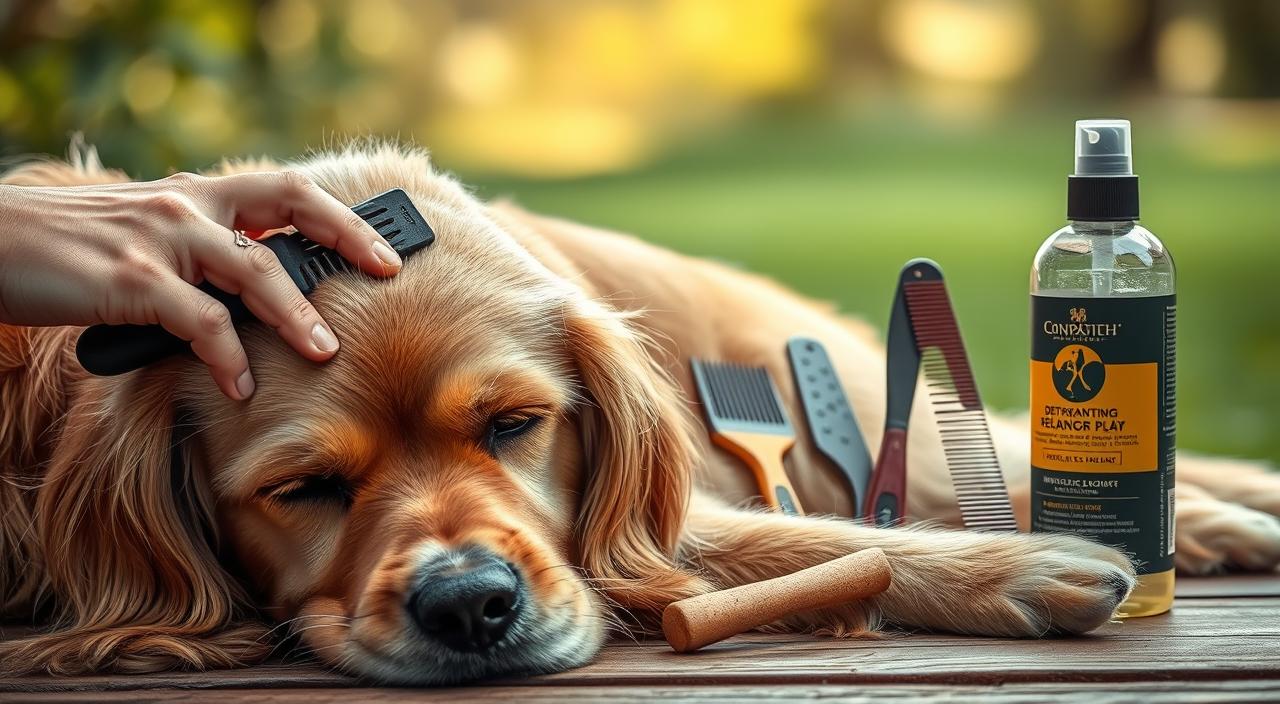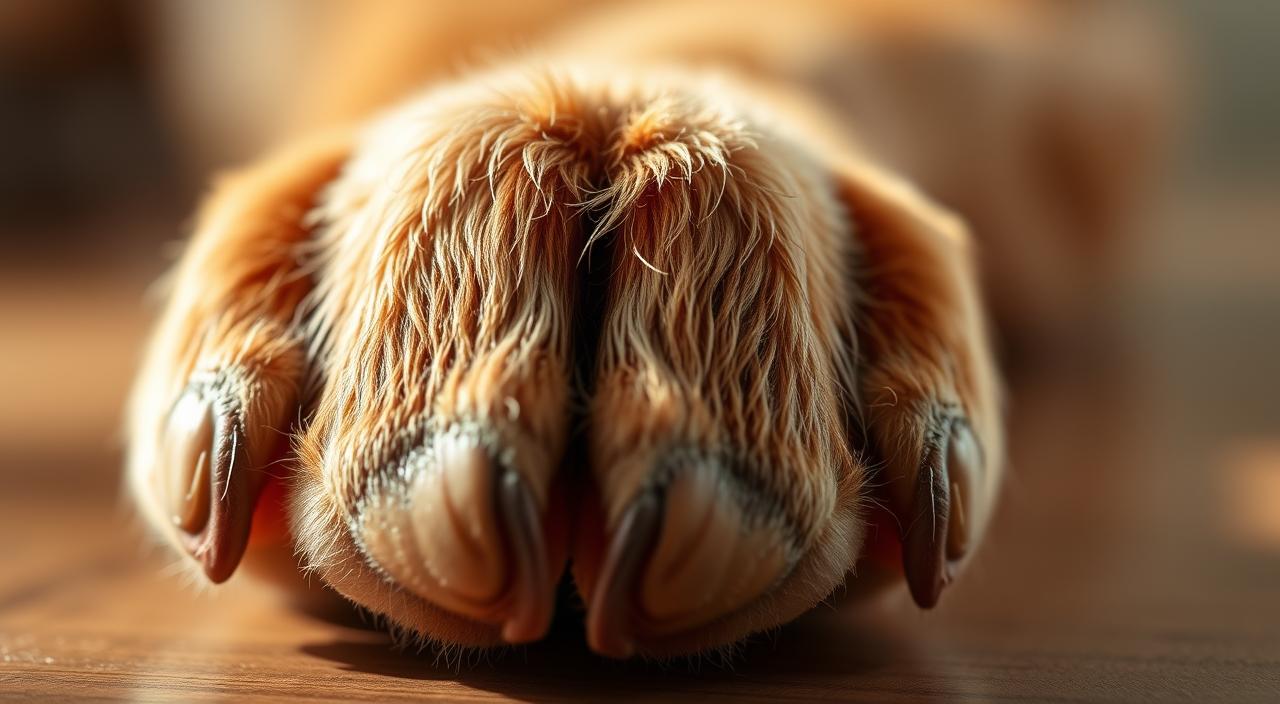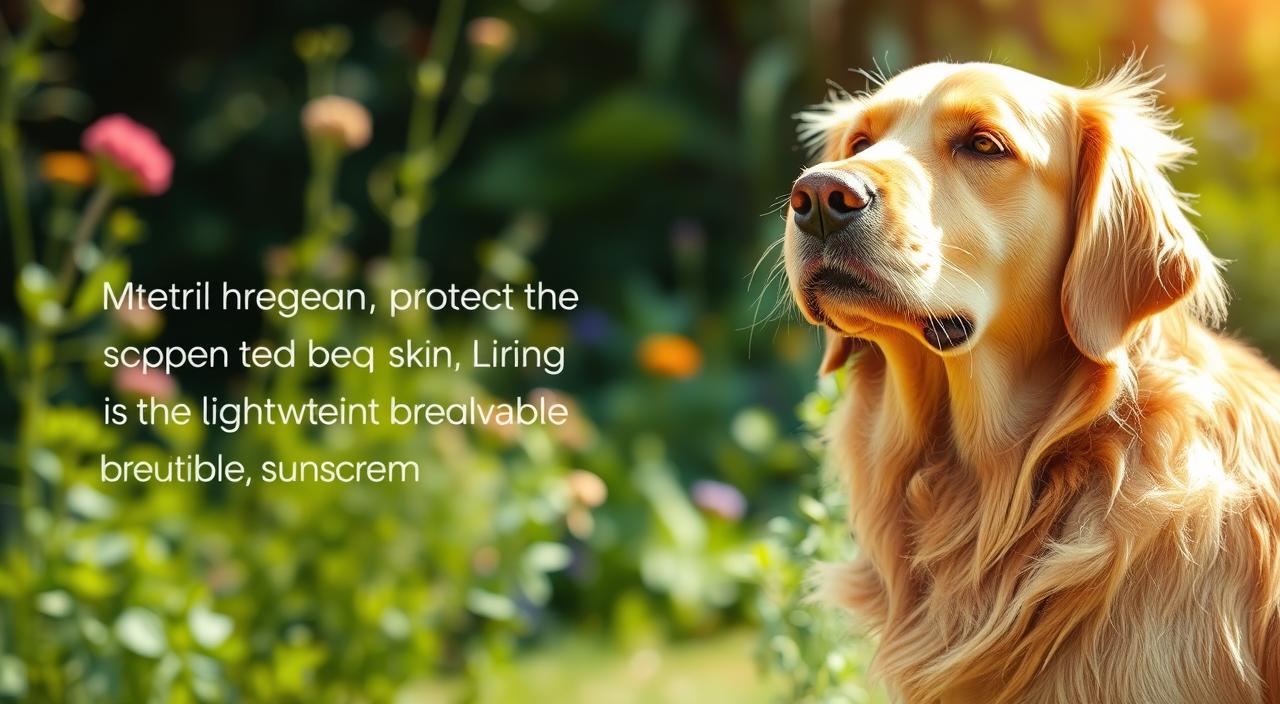You may feel frustrated when your dog’s coat knots up and makes walks, play, or rest uncomfortable; learning how to prevent dog hair matting lets you keep a breathable, healthy coat and avoid pain for your pet.
Mats form when loose fur tangles and wraps toward the skin. They tighten over time and can limit airflow, cause irritation, and hide parasites.
Friction spots—ears, collar lines, armpits, feet, and rear legs—often start the worst knots. Seasonal shedding and wet fur from swims or baths speed the process when loose strands are not removed.
This section outlines a practical way to keep a coat healthy: where mats start, simple grooming steps, right tools, and when owners should call a professional. The focus is on safe daily habits, clear maintenance timelines, and realistic tips that fit different breeds and lifestyles.
Key Takeaways
- Understand where mats form and why they tighten toward the skin.
- Regular brushing and thorough drying after water exposure reduce tangles.
- Use the right tools for your pet’s coat and breed.
- Catch mats early to avoid discomfort and skin problems.
- Know when professional grooming is the safer choice.
- Simple daily habits keep a coat breathable and healthy.
What matting is, where it starts, and why it hurts dogs
What starts as loose fur often becomes a dense pelt that sits close against the skin. Mats form when dead or loose strands wrap around living hair and tighten with movement. In severe cases, the bundle lies so near the body that airflow stops and moisture stays trapped.
How fur tangles into pelting
Loose undercoat curls around longer strands. Each rub or step makes the knot denser and closer dog skin. Over time the mass can feel like a single stiff sheet — called pelting — that restricts normal coat function.
Friction hot spots
- Ears and ear flaps — thin skin that bruises easily.
- Under collars, harness lines, and armpits — constant rubbing spots.
- Between toes, paws, and the backs of rear legs — hidden places that mat fast.
Health risks and signs
Thick mats block heat release, hold moisture and debris, and hide parasites such as fleas. Tight mats tug at skin, causing irritation, discomfort, and pain that can change gait or behavior. Ears with heavy mats risk hematomas and need prompt care.
How to prevent dog hair matting
Small daily habits make a big difference in keeping a pet’s coat smooth and comfortable. Start with a quick sweep that reaches the skin, not just the shiny top layer.
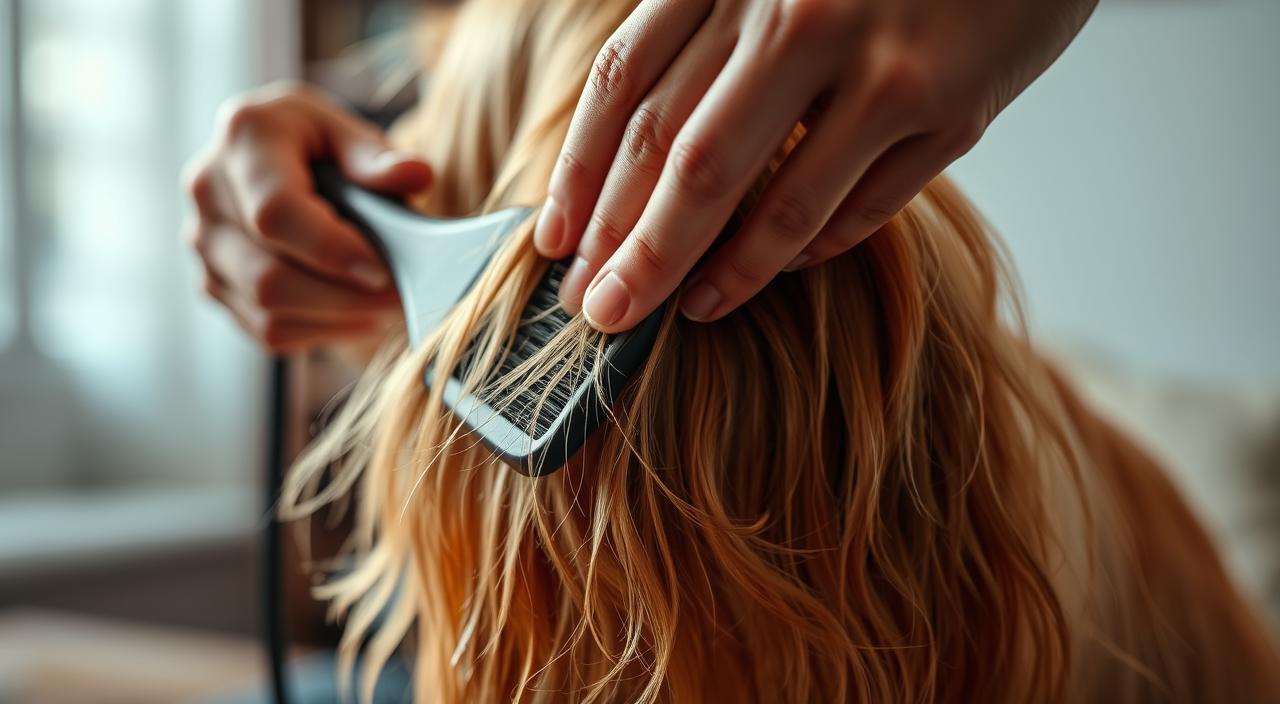
Brush the full coat from skin out
Part the coat into small sections. Place the brush at the base near the skin and sweep outward. This pulls trapped fur free instead of pushing it toward the body.
Match frequency to breed and season
Set a cadence based on coat type: daily or every other day for long or curly coats; a few times weekly for short coats. Add extra sessions during heavy shedding weeks.
Make brushing easier with a light spray
A fine detangling spray or mist reduces static and lets bristles glide. That cuts breakage, shortens sessions, and makes brushing more pleasant for both pet and owner.
Minimize friction from gear
Remove harnesses indoors and check collar lines daily. A rolled leather collar slides over hair and lowers rubbing that can start knots.
- Target hot spots first: ears, armpits, chest, and the backs of legs.
- Use an undercoat rake for double coats and a slicker or rotating-pin comb for curls.
- Keep sessions short—5–10 minutes—and steady wins over sporadic long work.
- Brush before and after water play and towel-dry along the hair direction.
| Coat Type | Recommended Cadence | Best Tool |
|---|---|---|
| Long or curly | Daily or every other day; increase in shedding | Slicker brush or rotating-pin comb |
| Double coat | 2–4 times weekly; daily during blow-outs | Undercoat rake and metal comb |
| Short, smooth | Weekly; spot-check hot areas | Pin and bristle brushes |
For more tips on shedding and managing loose fur, see reduce shedding and loose fur. Small, informed steps make a big difference in comfort and coat health.
The right grooming tools to keep your dog’s coat smooth
Caring for a coat begins with the right kit. Match tools to the coat type and breed so sessions are quicker and gentler on skin.
Pin and bristle brushes
Pin brushes glide through medium and long fur to organize sections before detailed work. Bristle brushes finish by spreading natural oils for shine and a healthy-looking coat.
Rubber brushes
Rubber tools are soft and calm nervous pups. They lift loose fur during baths or dry grooming and reduce pulling on sensitive areas.
Slicker brushes and rotating-pin combs
Slickers catch small tangles in curly or wavy coats—use light pressure to protect skin. Rotating-pin combs roll through curls and cut snagging, which makes brushing easier for both owner and pet.
Undercoat rakes and metal combs
Rakes pull shed fur from double coats and help stop compacted mats near the skin. Metal combs are a finishing tool: the fine side finds tiny snags around ears, paws, and collars.
- Match slickers/rotating-pin combs with curly coats; choose rakes/combs for double coats.
- Lightly mist the coat before work to make brushing easier and reduce static.
| Tool | Best for | Primary benefit |
|---|---|---|
| Pin & bristle brush | Medium–long coats | Detangling and shine |
| Rubber brush | Sensitive pups, short coats | Gentle loose-fur removal |
| Undercoat rake & metal comb | Double coats | Removes shed fur near skin |
Build a routine: brushing, bathing, and grooming appointments
A simple weekly plan prevents most tangles before they become painful. Short, regular sessions catch loose fur early and cut grooming time over weeks.
Seasonal adjustments
When a pet blows coat, increase cadence: add brief daily brush-outs for 2–4 weeks. Focus on high-friction areas after walks and play.
Set a grooming schedule
High-maintenance coats benefit from full salon visits every 6–8 weeks, with optional maintenance brush-outs between appointments. Coordinate drop-off notes so the groomer can spot-check for hidden tangles and avoid surprise length changes.
- Fixed days: pick two weekly slots for steady brushing—consistency matters more than long sessions.
- Bath timing: only bathe when you can fully brush and dry the coat that same day.
- Gear check: remove harnesses indoors and smooth collar lines after activity.
- Busy owners: pair at-home care with planned appointments to reduce emergency shaves.
| Action | When | Why |
|---|---|---|
| Quick brush | 2× weekly (daily during shedding) | Removes loose fur before it compacts |
| Full groom | Every 6–8 weeks | Professional tune-up for trimmed, healthy coat |
| Spot check at drop-off | At each appointment | Sets expectations and catches hidden tangles |
Reduce matting triggers from daily life
Daily outings, swims, and baths can leave a coat damp and ready to tangle. Quick care after these events stops small snags from growing near the skin and causing discomfort.
Dry and groom after water play
Towel first, always following the direction of fur growth. Then use a low-heat dryer while brushing gently so damp strands do not curl and bind.
Check gear and contact points
Adjust collars and harnesses so they sit snug without compressing hair. Remove gear indoors whenever possible to lower friction on the body.
- Focus on hot spots: ears, armpits, chest straps, and rear legs after any splash session.
- Run fingers under collar lines and armpits daily to find small tangles before they become mats.
- Keep towels and a quiet dryer near the door for fast post-walk or beach care.
| Trigger | Immediate action | Benefit |
|---|---|---|
| Wet fur after swim | Towel dry, low-heat while brushing | Stops fur from curling and binding near skin |
| Sand or grit on coat | Rinse, brush high-friction areas | Prevents grit from trapping and causing mats |
| Constant collar rubbing | Adjust fit, remove indoors | Reduces irritation and slow-forming mats |
If mats appear: safe, step-by-step de-matting at home
When tight tangles show up, a calm, step-by-step method keeps an anxious pup safe and reduces coat damage.
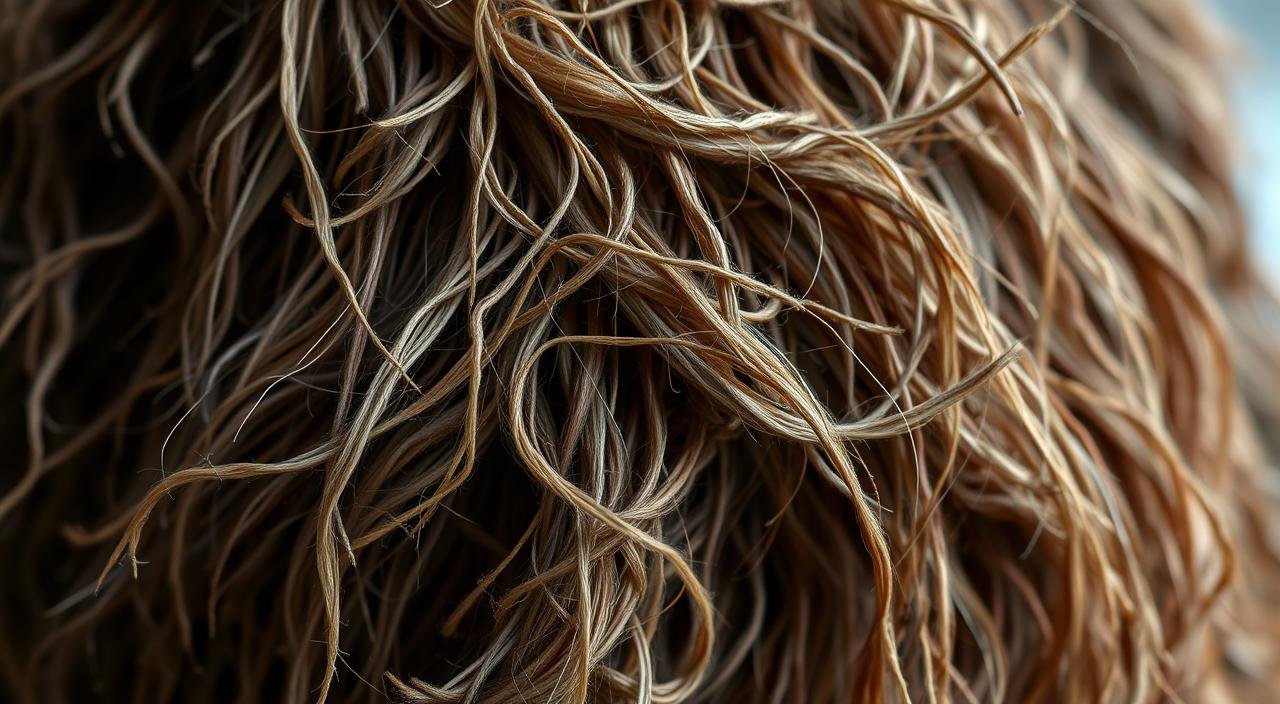
Skip bathing at first: water makes knots swell and cling closer to skin. Lightly mist a detangling spray or rub a pinch of cornstarch into the tangle to cut friction. This helps tools glide with less pull and lowers discomfort.
Protect the skin and work small sections
Hold the mat at its base to shield skin. Start at the end and use tiny strokes with a slicker or rotating-pin comb. Short sessions and frequent breaks keep the pet calm.
Tools and safe removal
Never reach for scissors near tight knots. Use grooming clippers for isolated mats and shave in thin layers, peeling away from the base. That reduces the risk of cuts.
When to stop and call a pro
If mats cover broad areas, or the animal shows pain or heavy skin redness, book a groomer or vet visit. Severe cases may need sedated clipping under veterinary care for humane treatment.
| Action | Best tool | Why it helps |
|---|---|---|
| Reduce friction | Detangling spray or cornstarch | Lets comb glide, less tug on skin |
| Work ends first | Slicker or rotating-pin comb | Loosens fur without stressing base |
| Isolated tough mats | Grooming clippers | Safe, layer-by-layer removal |
When professional groomers or veterinarians should take the lead
If knots cover large areas or the animal shows pain, professional help protects skin and comfort. Severe mats often reach the skin and trap moisture, parasites, or debris that need expert assessment.
Humane shaving and realistic coat expectations
Humane shaving can relieve tension and stop ongoing pulling. When mats are pelted, groomers must clip under the tangles. That often means a shorter-than-expected finish so the pet feels better fast.
Double-coated breeds — an important warning
Do not shave double-coated breeds unless a veterinarian specifically directs it. Removing the protective outer layer can impair temperature control and raise sunburn risk. A vet can advise safe options based on breed and skin condition.
Communicate clearly with your groomer
Ask for a full spot check at drop-off and discuss choices: partial de-matting, blended touch-ups, or an all-over shorter clip. Clear expectations help the groomer pick the safest plan for skin and fur.
- Widespread pelted mats: humane clipping restores comfort quickly.
- Partial trims work when mats sit in isolated zones.
- If the dog is highly stressed or skin looks red, a vet-supervised, sedated clip may be safest.
- Request aftercare advice—tools, brushing frequency, and ways to spot parasites or skin irritation early.
| Situation | Recommended action | Reason |
|---|---|---|
| Broad pelted mats | Humane shaving or short clip | Relieves pain and reduces skin damage |
| Isolated mats | Partial de-matting and blending | Preserves length while fixing problem areas |
| Double-coated breed | Vet consult before shaving | Protects coat function and skin health |
Conclusion
A steady routine and the right tools make it far easier to keep a healthy, comfortable coat for any pet.
Regular brushing from the skin outward, choosing tools matched to breeds, and drying thoroughly after water play cut mat risk and keep fur breathable. Small daily checks of friction zones and removing harnesses indoors stop tiny tangles early.
If fur get matted despite care, work patiently with gentle de-matting steps and ask a groomer when wider areas are involved. For severe mats, a humane short clip often restores comfort quickly; avoid shaving double-coated animals unless a veterinarian advises it.
At the end: keep tools ready, set a brushing routine, dry after swims, and schedule grooming appointments keep maintenance steady. These simple tips help dog owners protect skin, lower parasite risk, and maintain a shiny, breathable dog coat.
